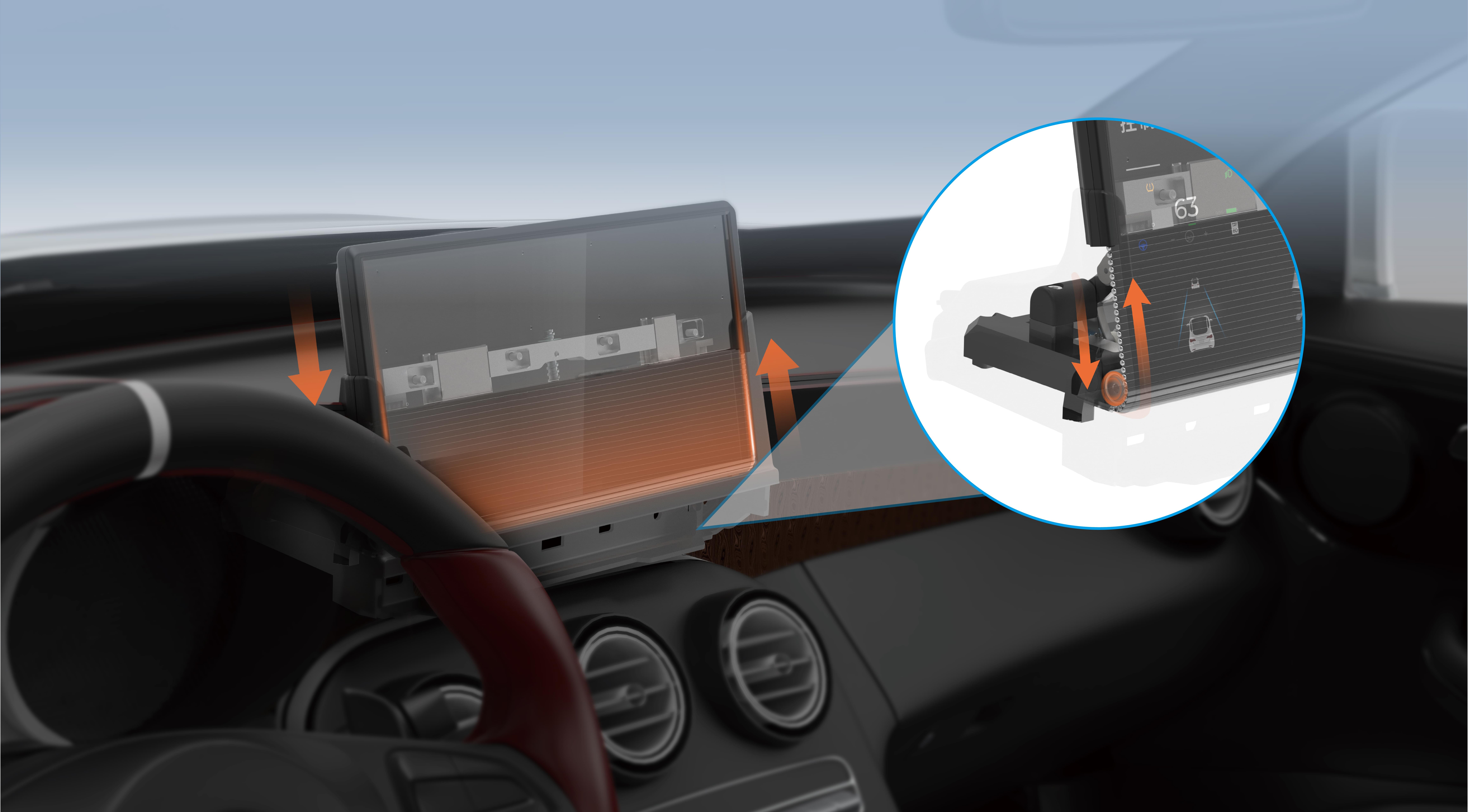Getting Started with Servo Motors and Arduino: The Perfect Match for DIY Robotics
When it comes to building robots or automated systems, few components are as versatile and essential as servo motors. These little powerhouses are the backbone of precise movement, responsible for controlling arm positions, steering mechanisms, camera pans, and much more. Their ability to convert electrical signals into rotational or linear motion with high accuracy makes them invaluable in countless applications, from hobbyist projects to industrial automation.

Connecting a servo motor to an Arduino microcontroller is one of the most fundamental yet rewarding skills for electronics enthusiasts. Whether you're designing a robotic arm, a remote-controlled vehicle, or an automated door, mastering this connection opens doors to endless creative possibilities.
Why Choose a Servo Motor?
Unlike simple DC motors, servo motors come with integrated control circuitry, allowing you to position the motor shaft precisely at a desired angle, typically between 0° and 180°. This precision is achieved through pulse-width modulation (PWM), where the duty cycle of a control signal determines the position of the motor shaft.
Most hobbyist servo motors operate within a voltage range of 4.8V to 6V, making them compatible with standard Arduino power supplies. They are compact, easy to control, and widely available, making them perfect for beginners and seasoned engineers alike.
Types of Servo Motors
While there are various types of servo motors, the most common in DIY and hobby projects is the amateur servo motor, often categorized as "standard" or "digital" servo. These can be distinguished as:
Standard Servos: Offer basic control, generally compatible with Arduino PWM signals, and have a selectable position with a feedback system.
Digital Servos: Provide faster response times, better holding torque, and more precise control, often used in more demanding applications.
In this guide, our focus is on standard hobby servo motors, thanks to their ease of use and affordability.
Necessary Components for Connecting a Servo to Arduino
Before you dive into connecting your servo to an Arduino, gather these basic components:
Arduino Board: Any model like Uno, Mega, Nano, etc. Servo Motor: Choose based on your project; brands like TowerPro SG90 or MG995 are popular. Power Supply: Usually 5V, depending on your servo's requirements. Connecting Wires: Jumper wires for connections. Breadboard (optional): For prototyping. Resistors or shields (if needed): For specific configurations.
The Basic Setup — Step-by-Step Connection
The most straightforward way to connect a servo motor to an Arduino involves three essential wires:
Power (Vcc): Usually red. Connect this to the Arduino's 5V pin. Ground (GND): Usually black or brown. Connect this to Arduino GND. Control Signal: Usually yellow, orange, or white. Connect this to a digital PWM-capable pin on the Arduino (like pin 9 or 10).
Let’s break down the connection process:
Step 1: Place the servo motor on your breadboard or connect directly using jumper wires.
Step 2: Connect the servo's power lead to the Arduino's 5V pin.
Step 3: Connect the ground wire to the Arduino's GND pin.
Step 4: Connect the control wire to a PWM digital pin on Arduino. For example, digital pin 9.
Step 5: (Optional) If your servo draws more current than the Arduino's 5V pin can supply, use an external 5V power source. Make sure to connect the ground of this external supply to Arduino GND to establish a common reference.
Safety Tips During Setup
Always check the voltage requirements of your servo to avoid damage. Use external power when controlling multiple servos to prevent overload. Keep wiring neat to avoid short circuits. Remember that powering servos directly from the Arduino can cause voltage drops, leading to unpredictable behavior.
Programming the Servo with Arduino
Once your hardware is set up, the next step is programming the Arduino to send control signals to the servo. Arduino's integrated Servo library simplifies this process.
Here’s a quick example sketch:
#include Servo myServo; void setup() { myServo.attach(9); // attaches the servo on pin 9 } void loop() { for (int pos = 0; pos <= 180; pos += 1) { // goes from 0 to 180 degrees myServo.write(pos); delay(15); // waits 15ms for the servo to reach the position } for (int pos = 180; pos >= 0; pos -= 1) { // goes back from 180 to 0 degrees myServo.write(pos); delay(15); } }
This sketch smoothly moves the servo back and forth between 0° and 180°, demonstrating simple control.
(Will follow in the next message.)
Established in 2005, Kpower has been dedicated to a professional compact motion unit manufacturer, headquartered in Dongguan, Guangdong Province, China.




































